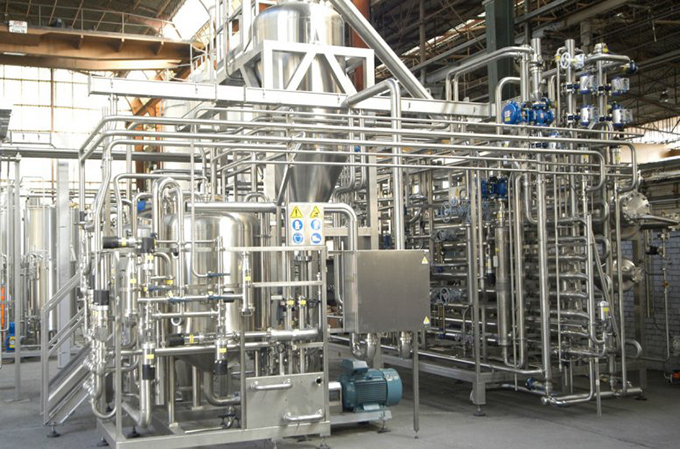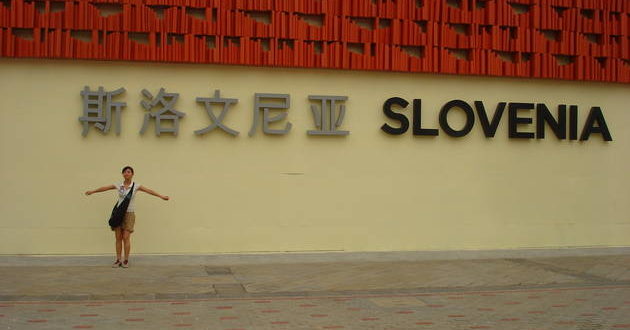The Chinese place stake on consumers and high technologies, which opens up new possibilities for Slovenian exporters.
Each year Slovenia and China strengthen their interstate economic relations. Since the 2009 recession year until today, the exchange of goods between the two countries has more than doubled, while this year it may exceed 1 billion euros. China, therefore, may be one of the key foreign trade partners of Slovenia outside the EU, in addition to the Russian Federation, Serbia, and Bosnia and Herzegovina.
The only problem is that the economic cooperation between the two countries is currently very one-sided. Last year the Chinese exported goods to Slovenia by 610 million euros more than the Slovenes did to the market of China. Last year Slovenian companies sold products for 148 million euros to the Far East. Judging by the Statistics Service (Surs) data, in the first five months of 2016, the final amount of exports exceeded far beyond 200 million euros. This amount, according to Ante Milevoj, the Director of the International Business Centre at the Chamber of Commerce of Slovenia, could also include about 100 million euros of indirect exports in the form of semi-finished products exported to the EU and to China therefrom.
The country that has the second largest economy in the world and places a promising stake on increasing the purchasing power of 1.4 billion people and strengthening the private consumption provides more opportunities for Slovenian companies than ever.
From milk…
Importing Slovenian goods to the Chinese market is a difficult process. “History shows that a Chinese consumer is very demanding and loyal, first and foremost, to domestic products,” Ante Milevoj says, who thinks that tangible differences between Chinese provinces can become an additional problem for direct intervention to the market. In the majority of developed urban areas of the east coast, the real average per capita income is about 4,500 euros per year (34,000 yuan). In the less developed western region, such income constitutes only a couple of thousand euros per year, wherein among the poorest segments of the population (1/5 of the total Chinese population), this sum may be less than 600 or even 50 euros per month.
Neither Slovenes nor Europeans or Americans can compete with the mass-produced goods in the Chinese market. Ante Milevoj sees the greatest potential for export among the manufacturers of high-technology medical products and pharmaceuticals, luxury goods and food. The problem in the food market, of course, lies in the fact that Slovenian producers have insufficient manufacturing capacity to fill the market niches, which are too small according to the Chinese standards.
However, this is what Slovenian milkmen try to do, since they are looking for new markets due to the crisis in the EU dairy market, price collapse and excess capacities. In June this year, Beijing gave the green light to such milk factories as Ljubljanske Mlekarne, Pomurske Mlekarne, Celeia and Planika to send dairy products through the Silk Road to China. Nevertheless, we still need to wait for the first results. “The process takes a little more time,” the representatives of Ljubljanske Mlekarne explained. In recent weeks, they have receive a number of licenses and prepared new declarations for the Chinese market, to which it is expected to start exporting UHT milk in late September. Although they are entering a huge market, the primary volumes of product deliveries will be small: 1–2 marine containers. Each container includes 21,000 litres milk.

…to high technologies
The planned intervention to the market, which is fundamentally different from the EU market, involves the right choice of tactics. The Kolektor Company has been working in the Chinese market for several years. Its representatives note that it is possible to master quickly some business habits, while it is very difficult to establish real strong relationships with Chinese partners. This often takes years of fruitful cooperation.
The role of personal contacts in signing contracts is also emphasized by Jožica Rejec, the Director of Domel Company, which exports to China domestically produced goods for 2 million euros. Besides, in China this Slovenian company manufactures products for 4 million euros. Domel generates the lion’s share of its income in China in collaboration with traditional partners — Phillips and Kärcher, while it sells “only” high-tech products for 200,000 euros to domestic buyers. Jožica Rejec thus notes that products cost still remains the key factor for domestic customers.
The automotive industry representatives are currently willing to pay money for the Kolektor Company’s products, which this year expects to receive 25 million euros of revenue in the Chinese market. Approximately 15 million euros will be added to the total amount by the local Kolektor Automitive Nanjing factory, which for just 2 years has doubled its sales volumes, and before the end of 2018, it plans to reach the amount of 22 million euros. “The sales growth is natural and organic, because China becomes the ultra-monopolist in the production of vehicles,” the Kolektor Company representatives explain and add that this growth is partially caused by the transfer of production facilities from Germany and Slovenia, in view of the end-user requirements with respect to its location.
A few years ago, the transfer of production facilities would have meant additional savings, the share of which is reduced from year to year. The gross payroll annually increases by 10–15%. “We mostly employ young professionals with excellent education, knowledge of English, who are often better paid than in Slovenia,” Jožica Rejec describes the situation in the Chinese labour market. The same as other similar companies, Domel places its stake on robotic automation of production, thus following the strategy of the Chinese economy development, hopefully with the help of Slovenian knowledge and technologies.
Source: delo.si




